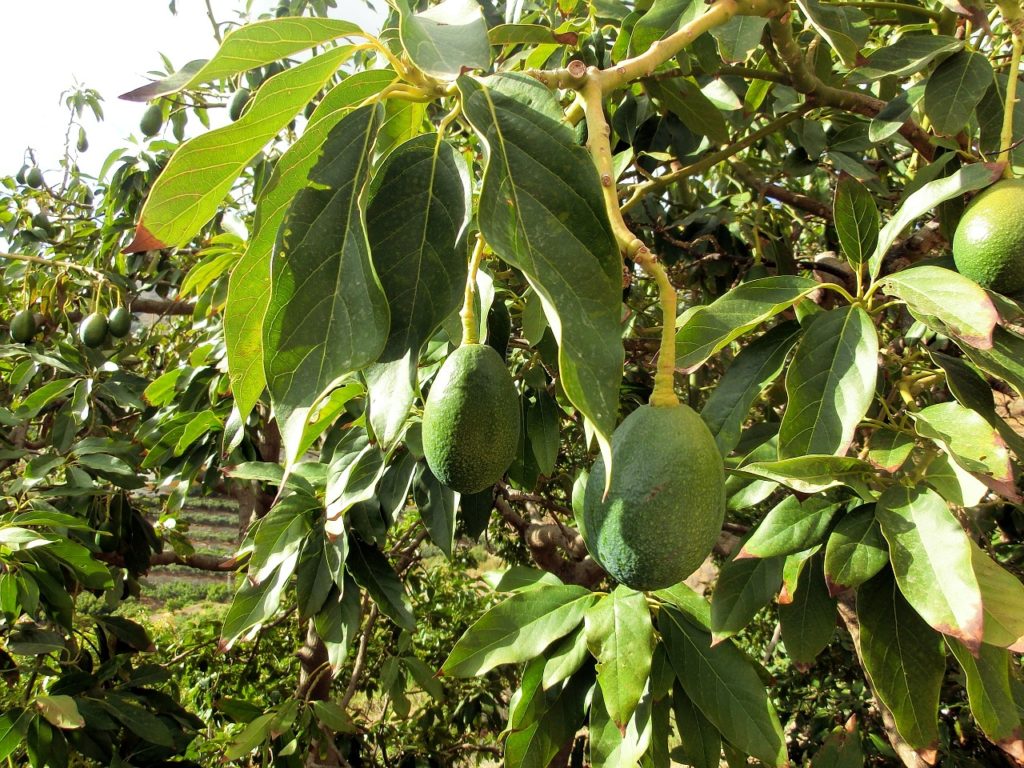The electromagnetic energy from the sun is a crucial component to life itself.
We have been told that the light of the Sun can cause skin cancer however that is a myth. Although it is not a good idea to burn the skin, tanning the skin allows vitamin D to build up and protect the skin.
Many sunscreens are blocking out UBA and UBV to prevent burns, consequently they are actually blocking the ability for the skin to absorb vitamin D. Not wearing sunscreen will give you a clear indicator that you’ve spent enough time in the sun. Your skin will redden and your body will know you’ve had enough.
We can actually harm our skin by using sunscreen which are known to contain many ingredients that are not even allowed in our food supply. The chemicals in most manufactured sunscreens are highly absorbable and can accumulate in the organs and tissues. These chemicals can accumulate and reside under the skin, creating harmful cancerous cells in many cases. Sunscreens are now seen as the leading cause of skin cancer, not the sun.
Chemical Sunscreens are wasteful and harmful to our bodies as well as the environment. According to the Environmental Working Group (ewg.org) these 12 ingredients include some of the most commonly used UV filters, including oxybenzone, octinoxate, octisalate, octocrylene, homosalate and avobenzone. EWG also reports That in 2019 and 2020, FDA published two studies showing that the ingredients oxybenzone, octinoxate, octisalate, octocrylene, homosalate and avobenzone are all systemically absorbed into the body after a single use (Matta 2019, Matta 2020). The FDA also found that the sunscreen ingredients could be detected on the skin and in blood weeks after application ended (Matta 2020). We also know that sunscreen ingredients have been shown to damage coral, accumulate in fish and the environment, and disrupt hormones in fish and amphibians (Buser 2006, Danovaro 2008, Giokas 2007, Kunz 2004, Kunz 2006, Weisbrod 2007).
The alternatives sold on the market to some of these toxic combinations seem to be safe at first. Known as mineral sunscreens containing nanoparticles made with the minerals zinc oxide and titanium dioxide, many folks caring for themselves and the environment have switched to this option. The danger here is that nanoparticles can vary in size and cannot be broken down in nature. These particles end up in the ocean adding to the accumulating toxic debris, harming ocean wildlife. Furthermore, if these nanoparticles are inhaled or swallowed by a human or fish, they are likely to become trapped in their material tissue.
SPF, or Sun Protection Factor, is a measure of how well a sunscreen will protect skin from UVB rays. It is a relative measure based on the small percentage difference between 2-10 photons out of 100 t
It has been a little-known secret that some plant-based oils have a natural sun protection factor (SPF). For example, Avocado oil has an SPF of 25, 100% pure Young Living Lavender Essential oil has a natural SPF of 15-20. The most useful essential oil for skin and sun protection is Carrot Seed oil. Carrot seed oil has a tested SPF of 45. It is also high in Vitamin E which helps build skin cells.
Healthline.com explains; Vitamin E is a powerful antioxidant that may be effective at reducing UV damage in the skin. And vitamin E applied topically may help nourish and protect your skin from damage caused by free radicals.
Vitamins and minerals are essential to an overall healthy lifestyle for reasons way beneath the surface of the skin, still, it seems preposterous that our greater society has adopted a fear of the sun. Fearing any part of nature can be seen as normal while pushing harsh invasive chemicals and particles as a solution to this fear is becoming a major problem.

